Why Do Leaves Change Color?
[Every year the leaves change color…so every year I’ll likely re-post this post on Why Do Leaves Change Color? I just think it’s pretty amazing…and thought that there might be others wondering the very some thing. So here it is again. But beware, I go a little biology on you.]
![]()
Have you ever wondered why some years the fall leaves are so brilliant, while other years not so much? Or even a more basic question, have your kids ever asked you Why do leaves change color? Well in case you have ever pondered these questions, I thought I’d provide you a little science lesson so that you can not only be the “smart parent”…but also so that you can appreciate the leaves’ amazing display of color that much more.
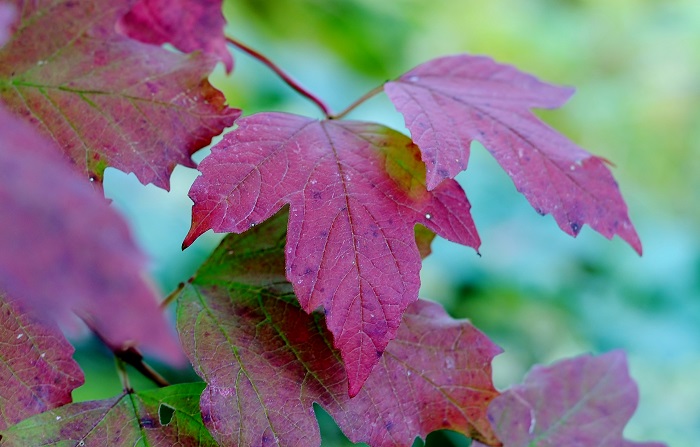
![]()
Well my real quick and dirty answer is…it has everything to do with chemistry of plants and the weather. But in case you want more…let me break it down further for you.
Photosynthesis Brings Out the Green
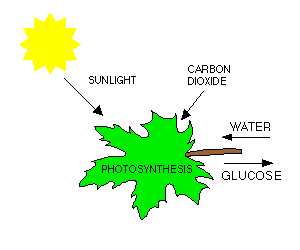
(From www.sciencemadesimple.com.)
You probably thought you could purge your brain of what photosynthesis means after your 8th grade science final. Well not if you really want to know why leaves change color. In a nutshell, photosynthesis is the way that plants turn sunlight, water, and carbon dioxide into oxygen and sugars.
We have to start with photosynthesis because chlorophyll is not only the chemical that helps photosynthesis take place, it’s also what gives leaves their green pigment in the spring and summer…while photosynthesis is in full swing. Then…as the temps get cooler and the days get shorter (less light), less chlorophyll is produced and the green disappears.
So Why the Different Colors?
As the green disappears, other colors show up:
-
- Yellows: The yellow hues of leaves have actually been there the whole time…they’ve just been covered up by the green from the abundance of chlorophyll. The leaves’ yellow pigments come from carotenoids...and they serve to protect the leaves from harmful byproducts of photosynthesis. So…as we go from summer into fall…photosynthesis stops, the green from chlorophyll disappears and the yellow from the carotenoids “underneath” is revealed.
- Reds: The red colors come from anthocyanins. But unlike carotenoids, they are not always in the leaves. Rather, they are created as the tree moves into its winter slumber. Anthocyanins protect the leaves from the sun’s harmful rays and serve to give the leaves a bit of extra time to suck up as much sugar and nutrients as possible to get the tree through the winter.
- Browns: Like carotenoids, tannins are always present in the leaves too…but you can’t see them until after the green from the chlorophyll and the yellows from the carotenoids disappear from the leaves. Tannins…essentially wastes…provide the brown hues you find in leaves.
- Oranges, Purples and All Colors in Between: Basically, the varied hues of oranges and purples and all the colors in between simply come from the combination and relative concentrations of the amount of chlorophyll, carotenoids, anthocyanins, and tannins in a tree’s leaves. It’s a bit more complicated than that…but that’s the gist of it. The type of tree also affects the color of its leaves…some having a higher relative concentration of carotenoids…yellow pigments (e.g., poplar, birches, sycamores, aspens, hickories, etc.) and others having a higher relative concentration of anthocyanins…red pigments (e.g., red maples, dogwoods, sourwoods, some oaks, etc.).
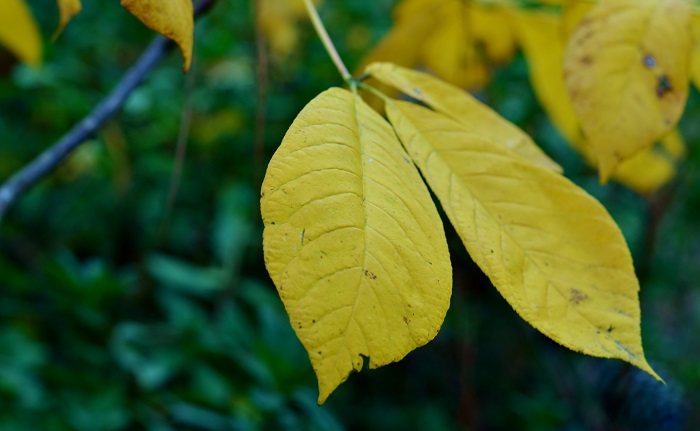 Why Are the Colors So Bright One Year and Not the Next?
Why Are the Colors So Bright One Year and Not the Next?
Weather is what primarily causes a brilliant autumn display of color…or just a so-so one. And that’s because weather is what largely effects all those processes that are happening behind the scenes that result in the higher or lower concentration of pigments. And it’s not just weather on a given day, but weather starting in the prior spring.
-
- A really dry spring and summer can cause the tree to shut down earlier in the year…resulting in an early and quick turning of the leaves.
- Cooler late summer temps often lead to brighter colors earlier.
- Sunny fall days produce more anthocyanins…which make for brighter, redder leaves.
- However, cloudy rainy days (i.e., less sunlight) in late fall can cause yellower and more muted colors…and when combined with strong winds, leaves may drop sooner.
- Cool vs. very cold nights lengthen or shorten the fall display of color – cool weather slows things down, while freezing cold weather simply kills the leaves.
- So the most dramatic display of autumn leaves will happen with a good amount of rain in the spring and summer, followed by sunny days in the fall with cool…but not freezing, nights.
The great thing is…every year the weather is different…so every fall you can look forward to seeing a different display of colors outside your window.
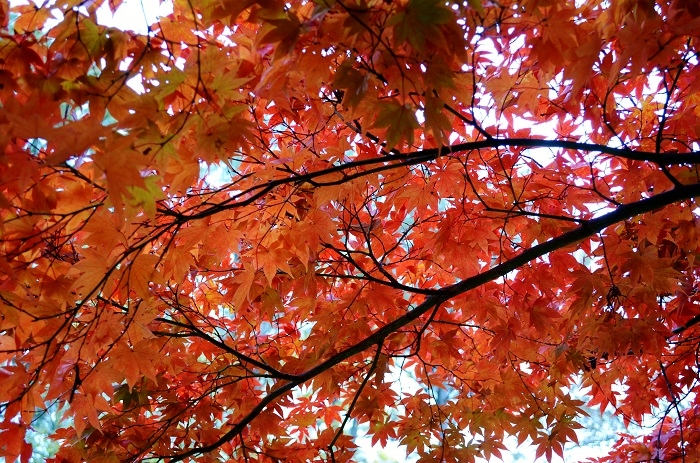
![]()
So now that you know why leaves change color, get out there and enjoy them…before they’re all gone.
Take care,

You may also enjoy these posts from RYG ...
If you're not already subscribed to RYG and want to get periodic updates, links to new posts & other ground redeeming info ... just enter your email address below. Easy as that!

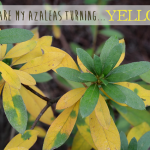
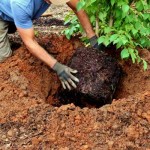
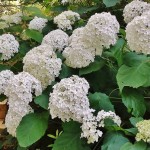
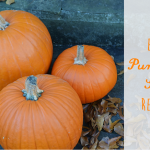
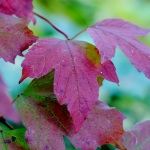
Thanks for the 101 on why fall leaves change colors. It was an easy, as well as fun read! Your blog is something I always learn from and look forward to receiving.
Sheila: Thanks for you encouraging words my friend! I hope you are well and look forward to seeing you soon. Take care, D.
It’s such a joy for me , now that I’m retired, to check out your blog each week! It goes along with my morning coffee and the atlanta paper. I’m so glad you’re able to share your love of family and nature with the rest of us! Thank you!!
Thanks for your encouraging words Kathryn! Much, much appreciated. So glad that we’re helping you ease into retired life! Take care, D.
Love the information here! Thank you!!!
Thanks Bryan! Take care my friend, D.
Great post. You explained it well Doug. I do love botany and biology, don’t you?~~Dee
Thanks Dee! A BIG thanks…given that you’re a gardener extraordinaire, your encouraging words mean a ton! So thanks again my friend. And YES…I love both botany and biology. Biology was one of my favorite classes in high school…no surprise that I “got back to my roots” pursuing all things “redeem your ground”! Thanks again and take care! – D.
[If you want to check out Dee’s amazing blog, Red Dirt Ramblings, you can go to: http://reddirtramblings.com/.)